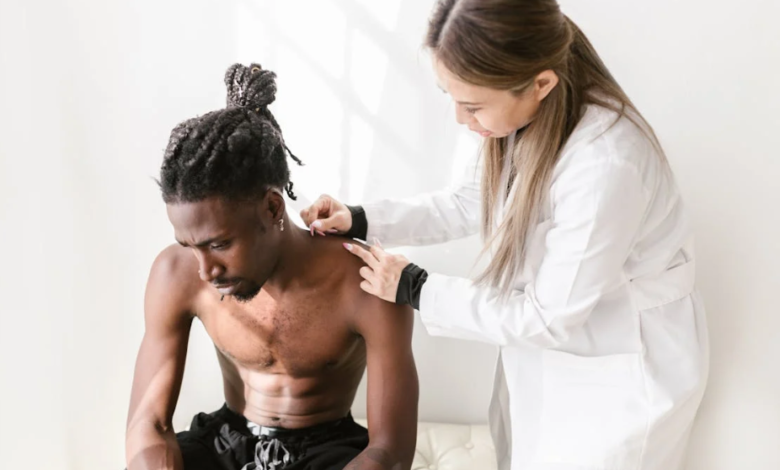How In-Home Physical Therapy Supports Mobility and Independence

In-home physical therapy is a growing healthcare service designed to help individuals regain or improve their mobility without leaving the comfort of their home. It focuses on physical rehabilitation tailored specifically to a person’s needs in their living environment. Mobility is essential for everyday life, and maintaining it can significantly impact a person’s independence. This form of therapy is perfect for those recovering from surgery, injury, or managing chronic conditions that affect movement.
The Role of In-Home Physical Therapy in Enhancing Movement
In-home physical therapy plays a vital role in restoring and improving movement. Therapists work directly with patients, assessing their physical limitations and developing exercises to strengthen muscles and improve joint function. Unlike clinic-based sessions, the home setting allows therapists to observe natural movement patterns and provide real-world solutions. Patients benefit from hands-on guidance, which promotes safer and more effective recovery.
See also: Mold Remediation: The Critical Steps to Take for a Healthy Home
Personalized Care in In-Home Physical Therapy
One key advantage of in-home physical therapy is the personalized attention it provides. The therapist creates a plan suited to the individual’s specific conditions, environment, and goals. This customization helps address unique mobility issues that may not be evident in a clinical setting. The therapist also educates patients on safe movement techniques, use of assistive devices, and modifications to make daily activities easier and safer.
Increasing Independence Through In-Home Therapy
Regaining independence is often the primary goal of physical therapy. In-home sessions empower patients to perform tasks they may have thought impossible. Therapists encourage small wins that build confidence. With consistent practice and encouragement, patients learn to move more freely and rely less on caregivers. This gradual progress boosts their self-esteem and quality of life, creating a positive cycle of independence.
Overcoming Mobility Challenges at Home
Mobility challenges can range from difficulty standing up, walking, or climbing stairs to maintaining balance. In-home physical therapy targets these specific hurdles in the environment where they occur. Therapists teach patients how to navigate their home safely, reducing the risk of falls and accidents. This practical approach helps patients apply new skills immediately, increasing their safety and ease of movement.
Consistency and Convenience with In-Home Physical Therapy
One major benefit of in-home physical therapy is its convenience, which encourages consistency. Patients no longer have to worry about transportation or scheduling conflicts. In-Home Physical Therapy fits naturally into their daily routines, increasing the chances they will stick with it. Regular sessions lead to better outcomes because progress depends heavily on consistent practice and reinforcement of new habits.
Support Beyond Physical Benefits
In-home physical therapy offers more than just physical improvement. Therapists often provide emotional support, encouragement, and motivation. They help patients set realistic goals and celebrate achievements. This holistic approach supports mental well-being and keeps patients engaged in their recovery. Family members also learn techniques to assist and encourage their loved ones, creating a supportive home environment.
Conclusion
In-home physical therapy is a powerful tool to improve mobility and foster independence. By delivering personalized, convenient care in a familiar setting, it addresses physical challenges effectively while boosting confidence. This approach allows patients to regain control over their daily lives and reduces reliance on others. Ultimately, in-home physical therapy supports a healthier, more active lifestyle for those facing mobility difficulties.

